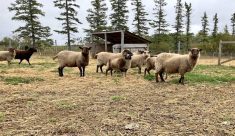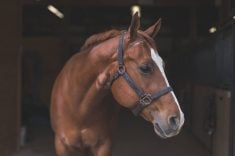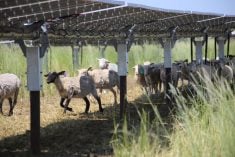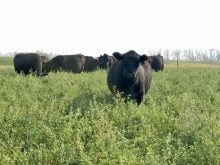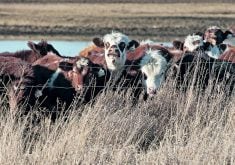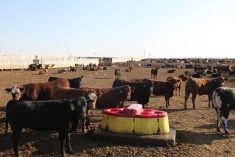Argentina’s cattle herd has grown to 51 million head and should keep recovering from a devastating 2009 drought that, along with price controls, forced ranchers to slaughter millions of animals before their time.
Between 2007 and 2010, 17 per cent of the herd was slaughtered or died of thirst and hunger. That three-year period was marked by government price controls that discouraged beef production, and hot weather that peaked in 2009, turning prime grazing land into dust.
By the end of that three-year period only 48 million head of cattle were left and soy farming was fast encroaching on grazing lands made famous by Argentina’s iconic gauchos, or cowboys.
Read Also
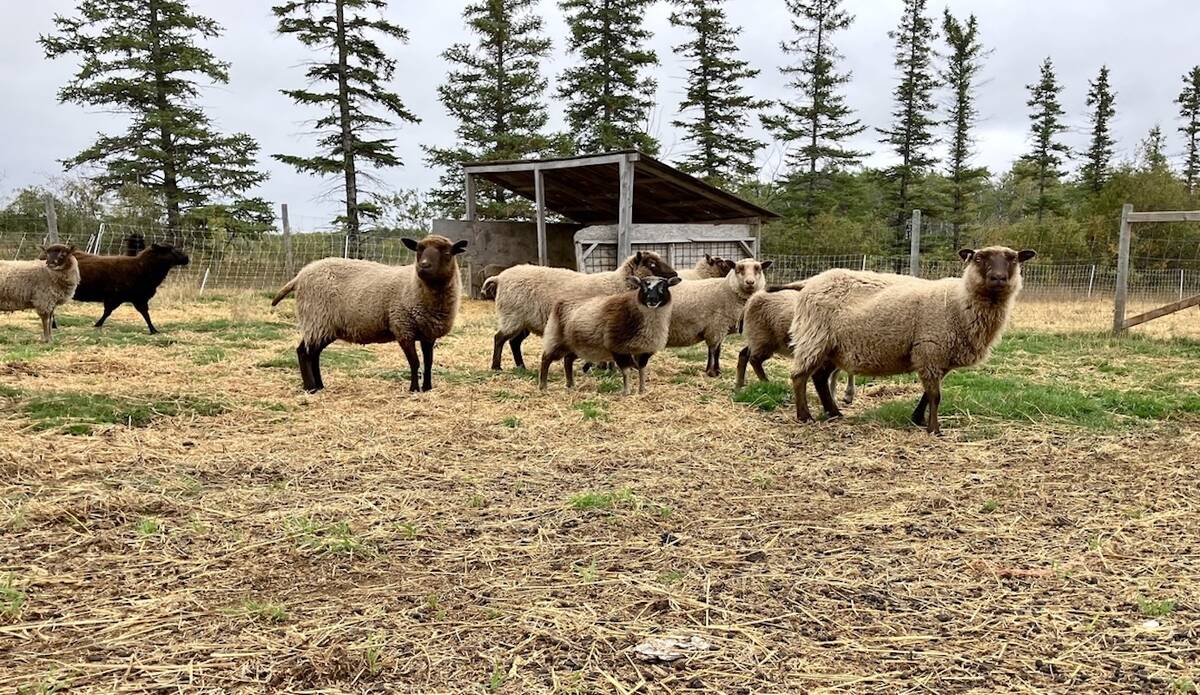
Mosquito-borne virus could be devastating to sheep breeding operations
Cache Valley virus, a mosquito-borne disease that infects small ruminants, could be a devastating hit to small operations.
The government lifted beef price controls in 2010 as many ranchers took to feeding their cattle meal on feedlots, turning grazing pastures into more profitable soy farms.
“Starting in 2010, thanks to higher prices, ranchers started conserving more of their cows to be used for reproduction. The inertia of the three preceding years means that stocks should keep growing,” said ranching consultant Victor Tonelli.
Between 2010 and 2013 the Argentine herd gained from three million to 3.3 million head, and it could gain another 2.7 million to reach a total of 54 million by 2016, Tonelli said.


